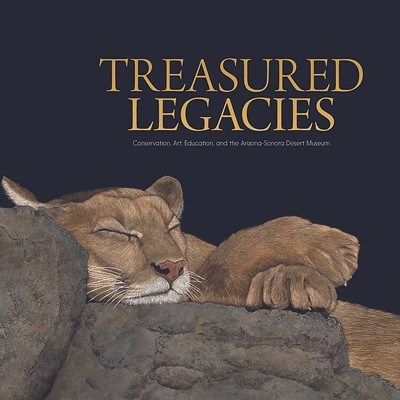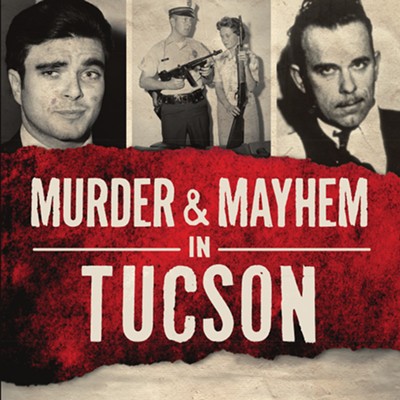As the narrative advances and retreats like the waves and winds of Baritone Bay where they lie, we learn the stories of Joseph and Celine and follow their progression in death. They have come to this, the scene of their first lovemaking, as part of Joseph's plan to encourage romance, which has nearly succumbed to an early death during their 30-year marriage.
Celine, admittedly more comfortable home alone with a book, returns reluctantly and faces the site that is for her loaded with regret regarding a friend's death by fire during their first lovemaking adventure.
These two would have been better off avoiding this beach. Celine lives a mere 50 seconds after the beating, but Joseph lingers long enough to realize that this is the beginning of the end and embrace his wife's ankle before "the music and the mayhem" passes.
Known for his graceful writing and unstinting descriptions of gore, Crace relates the state of decomposition and putrescence with calm and dignity. As hosts for scores of lowly beings and providing welcome food for scavengers, the bodies wait for eventual discovery by a long-lost and variably troubled daughter named Sylvia.
Death brings Sylvia home to confront her parent's bodies and their love. In a particularly touching scene she grasps a jar of her own baby teeth saved over the years by her mother, and, holding on to her own ankle, digs her fingernails into her skin. Then, "She closed her eyes against the dawn to find out what it felt like to be loved and dead." In Being Dead, Crace offers an elegantly unsentimental view of both.
Being Dead, By Jim Crace. Farrar, Straus and Giroux, Hardcover, $21.







